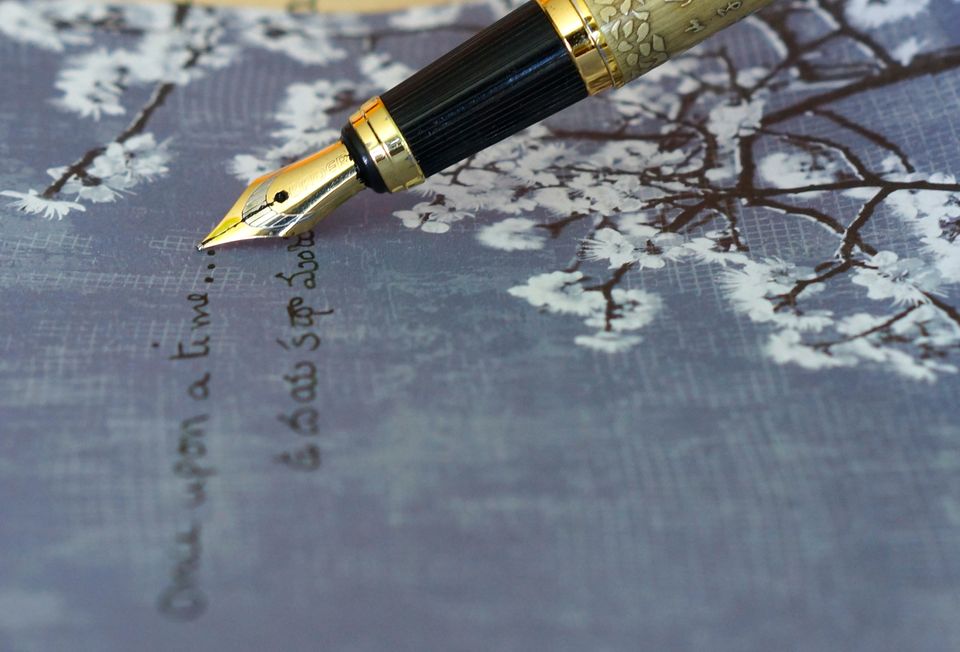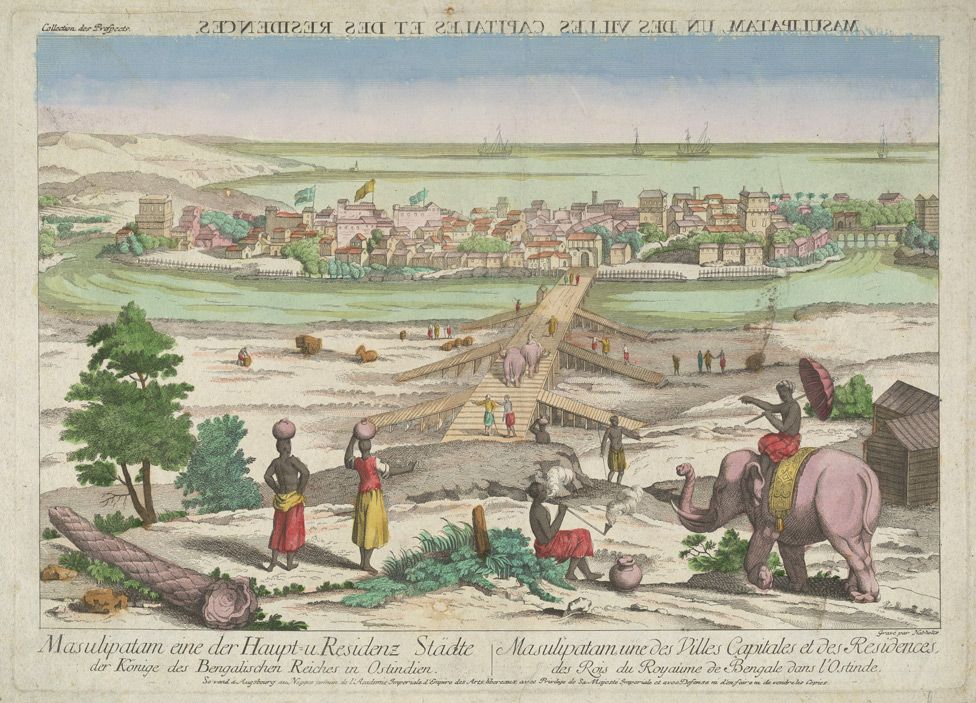Floating down the Bay of Bengal to the Karimandalam

Many people are curious about their origins and where their ancestors came from. A few of us are fortunate to be able to name great great grandparents from both sides of our family trees. Even fewer have access to their family trees. Family origin stories and lore are passed down from generation to generation. Family traditions are often rooted in the origins.
I am fortunate to be able to name my great, great, great parents from both maternal and paternal sides and know their birthdays and death anniversaries. I grew up hearing family stories about my ancestors and their origins. I stepped into the goldmine of family history by getting my hands on a family tree going back 14 to 15 generations. It is very detailed. I find it fascinating to read and touch my ancestor’s names, tracing each branch back to the root node where it all began with names of just two people. It is intriguing to think about what they had looked like, what their dreams, and passions were. Where did they live and what their daily routines were? What was their home environment like? How did they interact with each other and their children? How many family stories were lost? Where is the time machine when I need one?
My ancestors go way back farther in time than shown in the family tree I got my hands on. There are multiple stories about where my ancestors immigrated from before they settled on the southeastern shores of India .
One story says that my ancestors migrated from Bihar when they were banished by Acharya Chanakya for supporting the Nanda dynasty. This could have been during the time Maurya Empire was at odds with the Nanda dynasty around 322–297 BCE. Acharya Chanakya swore to take revenge on the Nanda dynasty and accomplished that in his role as advisor to Chandragupta Maurya.
According to this lore, my ancestors were administrators and warriors in the Nanda dynasty. They were targeted by Chankaya because of their importance to the Nanda dynasty. After they were banished, my ancestors traveled from their homelands in Bihar to migrate eastward probably on foot. When they reached the ocean, they turned south to continue their journey along the Bay of Bengal in small boats. The family lore doesn’t say if some of them were tried and executed or how many were allowed to leave.
A second story says that my ancestors were Vellala or Vellalar soldiers and administrators from Tamil Nadu who followed in the footsteps of the Chola expansion into Andhra Pradesh. The entire region of Tamilnadu, Andhra Pradesh, Telangana, and Karnataka was a single large region that was under the control of one ruler in the past. The state boundaries that exist today came later. Andhra Pradesh and Telangana were split recently into two states. During the British occupation, the Madras Presidency included most of South India, including all of Andhra Pradesh, almost all of Tamil Nadu and some parts of Kerala, Karnataka, Odisha, and Telangana in the modern day. The city of Madras (present day Chennai) was the winter capital of the presidency and Ooty was the summer capital. My parent’s and grandmother’s school records mention that they graduated from schools in the Madras Presidency.
A third story talks about how my ancestors were associated with the Kakatiya dynasty. They migrated north to Bihar or Odisha and settled there. Some time later, they were either banished or chose to escape from unfavorable political or economical environments.
A fourth story says that my ancestors belong to one of the Indo-Iranian peoples of North India who migrated to South India during Chanakya's time. All stories, except for the Tamil Nadu origin story, talk about migration from north to south due to unfavorable political or economical conditions.
A fifth story starts with a ship load of people from Bengal who were shipwrecked in the Bay of Bengal with very few survivors. The two family groups of survivors managed to reach two points on the Coromandel Coast. This story is very close to the lore I heard growing up about my ancestors having come from the Bengal area minus the shipwreck narrative.
According to my family lore, my ancestors migrated from the Bengal area. The story says a family group of four brothers embarked on their journey floating down the Bay of Bengal in పాలచెట్టు పడవలు (Paalachettu padavalu). They settled in coastal villages in Odisha and Andhra Pradesh. Fishermen helped them prepare for their journey and had accompanied them on their journey through rough and turbulent ocean. పాలచెట్టు (Paalachettu) is Ceylon Ironwood tree in Telugu. పడవలు (padavalu) are small boats in Telugu and పాలచెట్టు పడవలు (Paalachettu padavalu) are small boats made out of wood from the పాలచెట్టు (Paalachettu).
My ancestors started a tradition to place a పాలచెట్టు (Paalachettu) sapling covered with a fishing net on the altar at every wedding to remember their journey to safety and to honor the tree and show gratitude to the fishermen. This tradition has been practiced by our community for a long period of time since our ancestors made it to safety to settle along the Coromandel Coast, the realm of the shores and continues to this day. We are are eternally grateful to the పాలచెట్టు (Paalachettu) and the fishermen.
కరిమడలం (Karimandalam) was derived from చోళమండలం (Cholamandalam) which was the original name for this region when it was in the Chola dynasty. The word, చోళమండలం (Cholamandalam) simply means a realm ruled by the Cholas. Today’s name for this region, Coromandel is the Dutch pronunciation of కరిమడలం (Karimandalam).
Floating down the Bay of Bengal in small boats made out of పాలచెట్టు (Paalachettu) and being helped by local fishermen is the common part of all of the north to south migration narratives. There are two other important traditions that support the Bengal origin lore. Even to this day, brides in our community wear sarees in Bengali style, with the intricately decorated loose end of the saree draped over the left shoulder from back to front. Usually the loose end of the saree is draped over the right shoulder from front to back. When a saree is worn in Bengali style, the intricate decorated end is shown in the front, whereas in the usual style it is in the back. You can admire the saree as a woman walks towards you or admire as she walks away from you. You can take your pick. In some families, the bride and groom wear mango twigs and leaves in their headdress during the wedding ceremony following a Bengali tradition.
These two traditions followed during wedding ceremonies link us strongly to Bengal. Because of this link, I believe my family lore of my ancestors having come from the Bengal area over the other migration stories. I wish I could go back in time to watch the epic migration to find out for sure.
Whenever I think about this story, I visualize travel-worn men, women, and children with just the clothes on their backs and a few precious belongings they could carry, on the run, watching their backs, and speeding towards safety. I think about how they sought help from local fishermen upon reaching the shores of the Bay of Bengal, built small boats, and quickly made their way eastward navigating the rough and turbulent ocean. I wonder what was going through their minds as they left their homelands and headed into the unknown. Were they apprehensive about what challenges and adversities they would face on their journey? Were they concerned about what their life would be like in the land of the unknown?
It is hard to be forced out of their homes and leave the known for unknown. People have done this time and again and it is happening today as we speak. I heave a sigh of relief as I think about them reaching their safe havens and settling down in coastal villages and towns, Brahmapur in Odisha, Srikakulam, Visakhapatnam, Kakinada, Machilipatmam, and Vetapalem in Andhra Pradesh to name a few. Several of our families live in coastal villages and towns even to this day. Vetapalem is home to our family goddess, Nagarpamma. I still remember walking barefoot on hot sand to the temple with my cousins, parents, aunts, and uncles.

I cherish having the knowledge of where my ancestors came from and thankful to the generations before me for continuing to share these stories with future generations. This story of facing adversities, survival, and adapting to new lands is comforting to me. I admire my ancestors' sense of gratitude in establishing traditions to honor the tree and fishermen that saved them. This story helps me face adversities and take life’s ups and downs in stride knowing that I come from a lineage of strong and grateful survivors.
